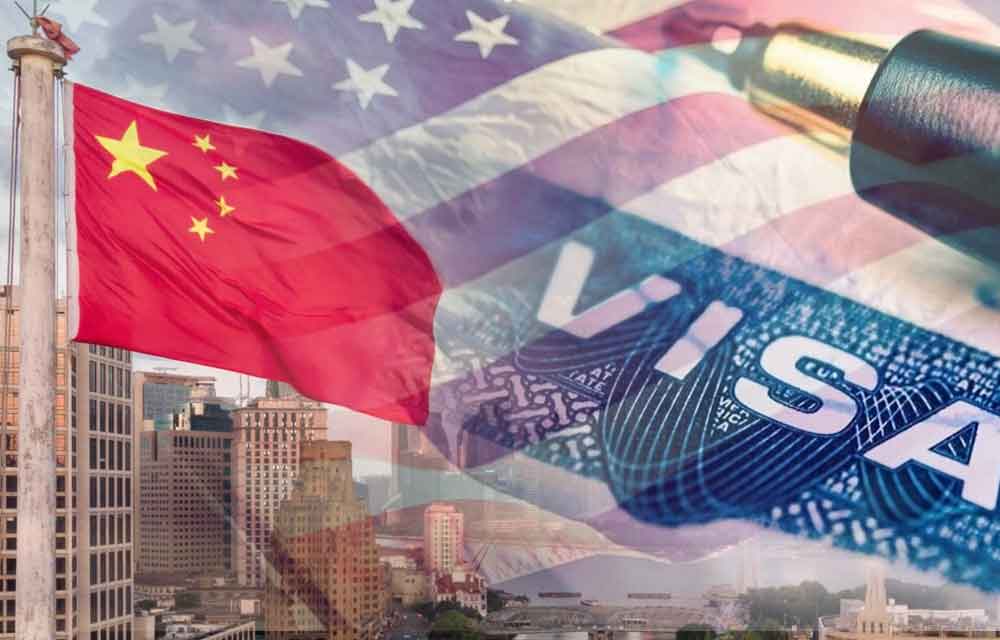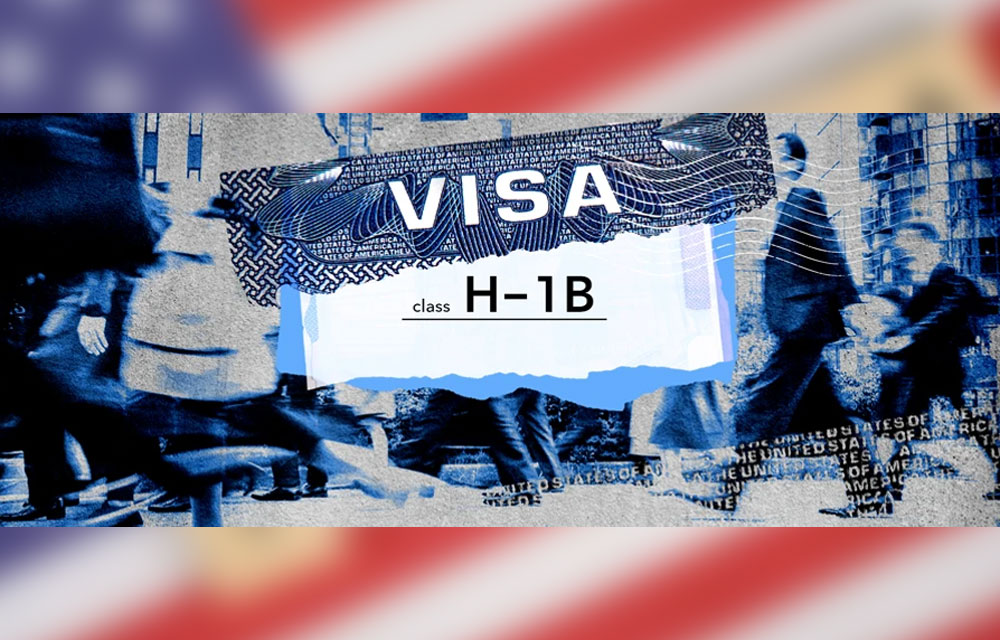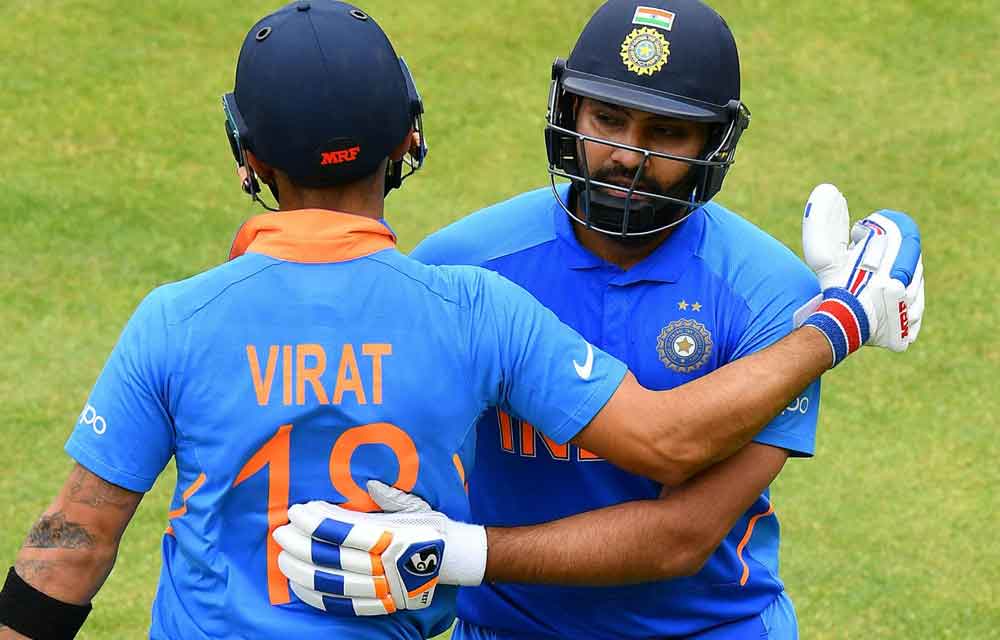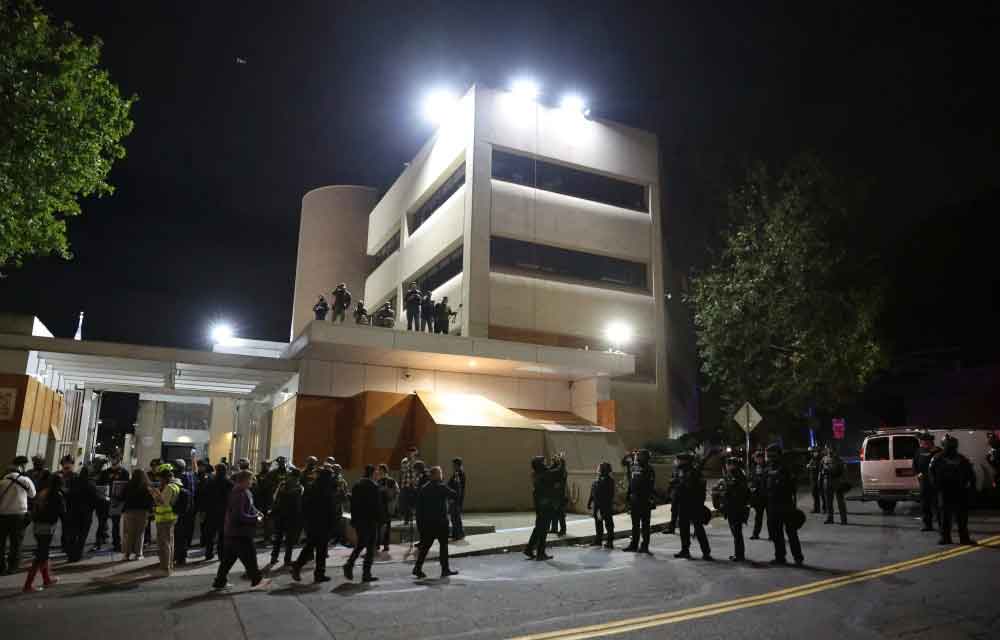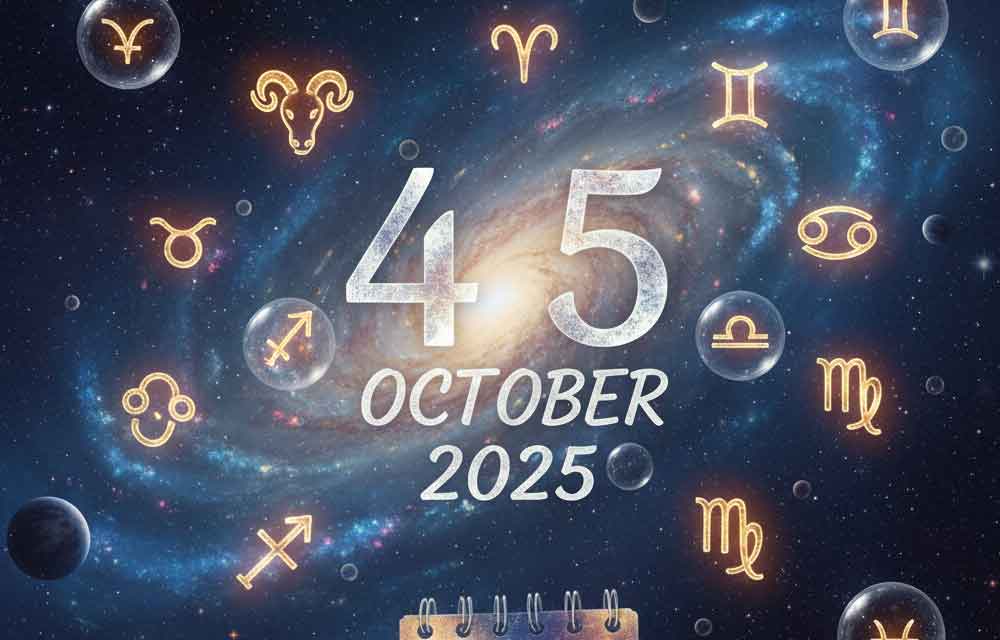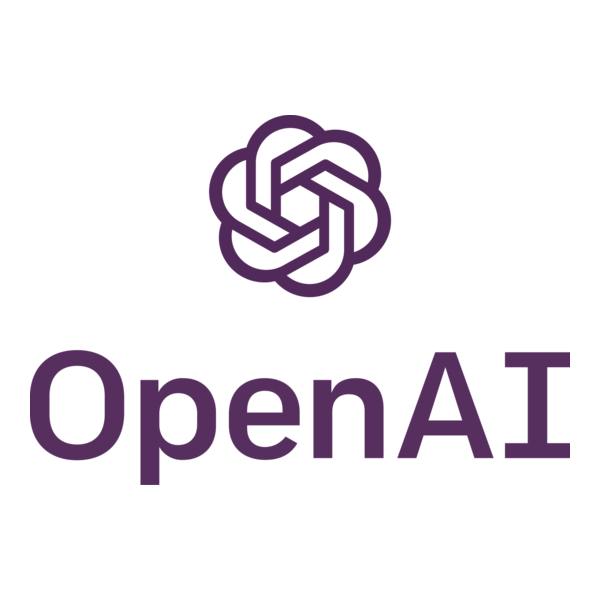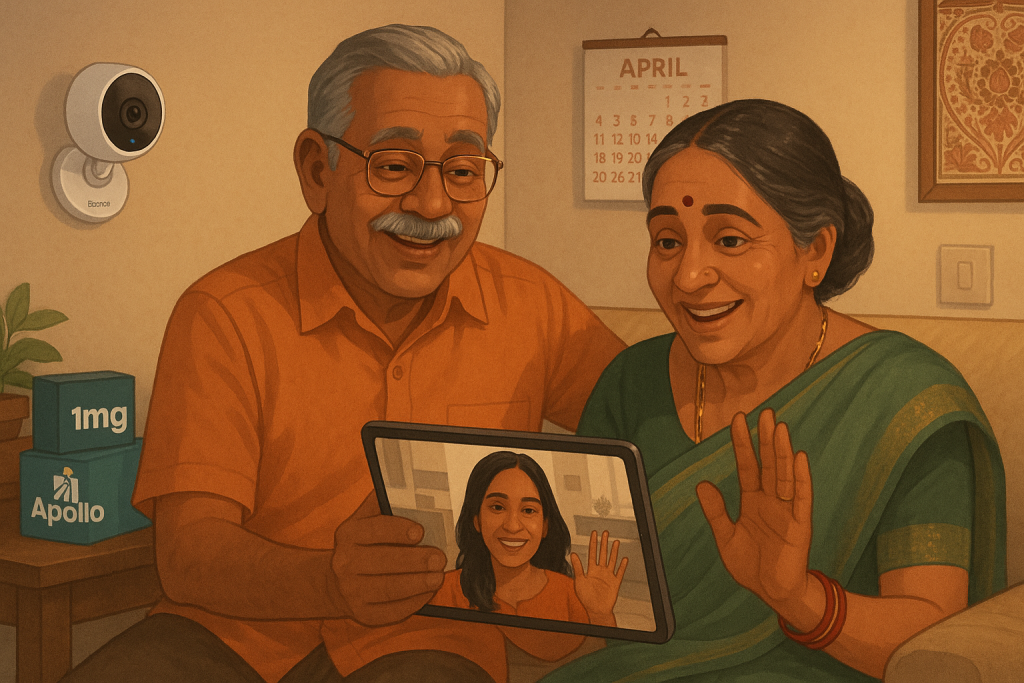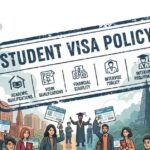2025 US F-1 Visa Rule Changes: What Indian Students Need to Know
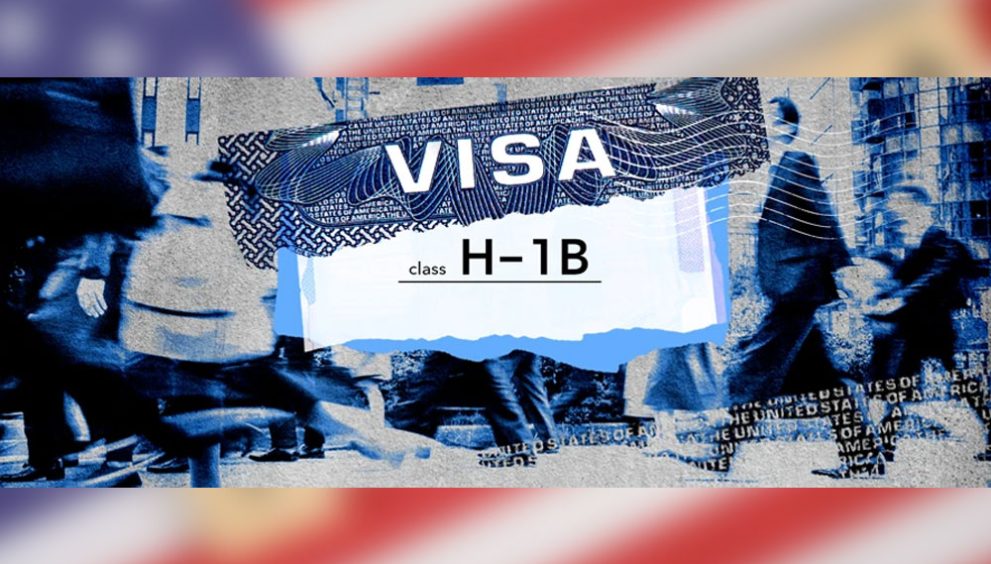
As the academic year ramps up, Indian students eyeing the US for higher education are facing a seismic shift in immigration policies. The Trump administration’s latest reforms to the F-1 student visa program—introduced in early 2025 and gaining momentum through proposed rules in August—promise to reshape dreams of studying in America. What was once a flexible pathway is now a minefield of fixed timelines, heightened scrutiny, and administrative hurdles. In this post, we’ll break down the key changes, their ripple effects on Indian applicants (who make up over 25% of international students in the US), and practical steps to stay ahead. Buckle up—this isn’t just policy jargon; it’s your roadmap to resilience.
The Big Shift: From “Duration of Status” to a Rigid Four-Year Cap
For decades, the F-1 visa’s “duration of status” (D/S) provision allowed students to stay in the US as long as they remained enrolled full-time and compliant with rules—no arbitrary expiration dates. That era ended with the Department of Homeland Security’s (DHS) proposed rule on August 28, 2025, which replaces D/S with a strict four-year admission period for F-1 and J-1 visa holders.
Under the new framework:
- Undergrads might squeak by: A typical four-year bachelor’s program fits neatly, but any delays (like academic leaves or transfers) could force an early exit.
- Grad students hit hardest: Master’s or PhD programs often exceed four years, requiring an “extension of stay” (EOS) application to USCIS mid-program. This adds paperwork, fees, and uncertainty—imagine defending your thesis while sweating over visa approvals.
- Post-grad work in limbo: Optional Practical Training (OPT) and STEM extensions remain, but tying them to a capped visa could complicate transitions to H-1B work visas, a popular route for Indian tech hopefuls.
The rule is still in the comment period (public feedback due by October 27, 2025), but experts predict finalization by early 2026, retroactively affecting current students. For Indian families who’ve sunk lakhs into applications, this feels like a rug-pull.
Heightened Scrutiny and Barriers at the Gate
It’s not just the stay limit—entry is tougher too. Since January 2025, the administration has layered on restrictions echoing Trump’s first term, but with a 2025 twist: national security trumps (pun intended) educational openness.
- No more dropbox renewals: F-1 renewals now mandate in-person interviews if your visa expired over 12 months ago. Wait times at Indian consulates? Up to 250 days, with 20,000 slots wasted in 2024 alone due to backlogs.
- Social media deep dives and fees: Applicants face mandatory screening of online activity, plus a $250 “visa integrity fee” and $24 admin charge. For 19 high-risk countries (India’s not directly listed, but scrutiny spills over), suspensions loom.
- Transfer restrictions: New F-1 holders can’t switch courses or universities in their first year—full stop. This locks in choices and punishes those adapting to culture shock or better opportunities.
The fallout? A projected 30-40% drop in international enrollments for Fall 2025, costing US universities over $1 billion in tuition revenue—much from Indian students. Indian arrivals to the US dipped 8% in June 2025, the first decline in 23 years (pandemic aside).
Why Indian Students? The Perfect Storm
India sends over 330,000 students abroad annually, with the US as top pick for STEM fields. But these changes sting extra hard:
- H-1B bottleneck amplified: The lottery system’s already a gamble; now, visa caps could strand grads in limbo, closing the “second Master’s” loophole for lottery losers.
- Economic ripple: Families face not just higher costs but emotional whiplash—delayed dreams, deferred careers. Consultants report a surge in queries for alternatives like Canada or the UK.
- Diversity hit: US campuses lose the vibrant input of Indian innovators who’ve fueled Silicon Valley and beyond.
On the flip side, some H-1B tweaks (effective January 2025) ease F-1 to work transitions with cap-gap extensions and clearer criteria—but they’re overshadowed by the visa squeeze.
Alternatives on the Horizon: Diversify Your Options
Don’t despair—adapt. Singapore’s NUS and NTU are booming with Indian applicants, offering similar STEM rigor minus the visa drama. Canada’s post-study work permits shine brighter post-Trudeau policies, while the UK’s Graduate Route visa gives two years of unrestricted work. Australia? It’s tempting with streamlined pathways.
| Destination | Key Perk for Indians | Avg. F-1 Equivalent Wait Time | Post-Study Work Option |
|---|---|---|---|
| USA | Top-tier unis, OPT up to 3 yrs (STEM) | 250+ days | H-1B lottery (capped) |
| Canada | Express Entry PR path | 4-6 weeks | 3 yrs open work |
| UK | Global brand, lower costs | 3-8 weeks | 2 yrs unrestricted |
| Singapore | Asia hub, quick processing | 2-4 weeks | 1-3 yrs (sector-based) |
| Australia | High employability | 4-12 weeks | 2-4 yrs (post-study) |
(Data sourced from 2025 migration reports; times approximate for Indian applicants.)
Actionable Advice: Chart Your Course Now
- Apply early—way early: Book interviews 6-9 months ahead. Monitor usvisas.state.gov for slots.
- Build a bulletproof profile: Curate social media (nothing controversial), gather ironclad financial docs, and get letters proving ties to India.
- Plan B is Plan A: Have a diversified shortlist. Tools like Yocket or IDP can simulate visa odds.
- Seek pro help: Consult immigration lawyers or certified agents—don’t DIY the EOS if it comes to that.
- Stay informed: Follow DHS updates and join forums like Trackitt for real-time applicant stories.
These changes aren’t set in stone, but they’re a wake-up call: The US dream endures, but it demands more grit. Indian students have always punched above their weight—use this as fuel to pivot smarter, not harder. What’s your take? Drop a comment below if you’re navigating this, or share your alt-country wins. For personalized queries, hit me up.
Sources: DHS Federal Register, Indian Express, Economic Times, Times of India, and more. This post is for informational purposes—consult official channels for advice.

 English
English 








